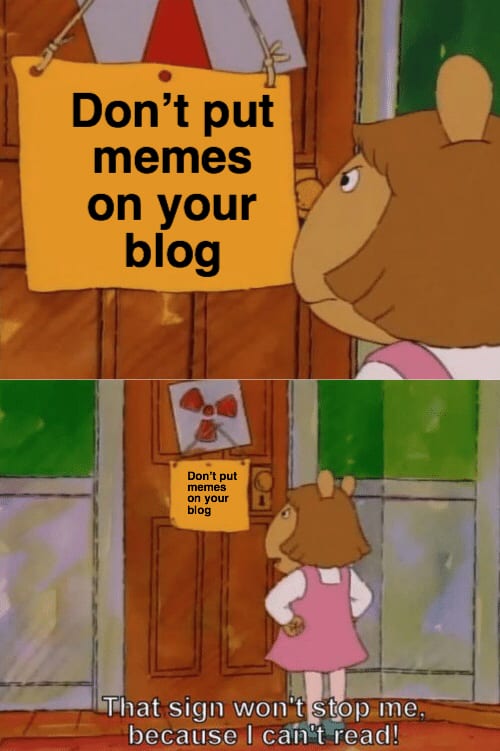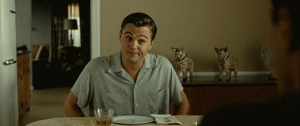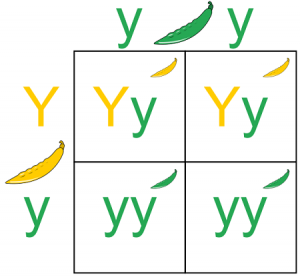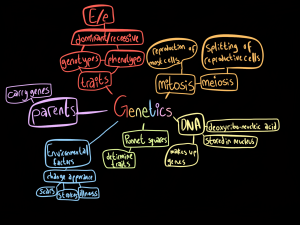Science! It makes the world go around. Quite literally, if you look at physics and space science. Unfortunately, this isn’t about space today, otherwise there would be a lot more Star Trek jokes.
Today we’re talking about genes. Genetics, DNA, call it what you will. It’s what makes someone who they are. It’s why I have curly hair but Willa doesn’t, or why my dad’s eyes are brown but Tom Hiddleston’s aren’t.
Since this is PLP, we had to do a project on it. And, judging by all of Grade 10’s projects so far, I’ll give you a hint as to what it was. A podcast. Okay, that was a bad hint.
We had to make a podcast on genetics. But it’s such a broad topic, we needed a driving question. I teamed up with Willa to answer the question: if two sets of identical twins get married, and each couple has a kid, would the two cousins be identical?
First, we started off with reasearch. We used this website to help us with worksheets, and activities to help us figure out DNA, genetics, mitosis, meiosis, and so on.
What did one cell say to it’s sister cell when she stepped on his foot? Mitosis
One of the things used to determine the likelyhold of a child getting a certain trait is called a Punnet Square.
As you can see, this shows the likelyhold of a bean being green or yellow, based off of traits from its plant-parents. The plant-father has two small green y’s, which would mean a green colouring is recessive, and the father-plant is homozygous when it comes to its genotype. The mother-plant has one large yellow Y and one small green Y, making her heterozygous. The large Y is going to be dominant, and show up more often. The child-plant has a 50% chance of being heterozygous and a 50% chance of being homozygous with a recessive trait. If someone has a heterozygous genotype, the dominant trait will win. In this case, the mother-plant is yellow because she has a dominant trait, and the father is green, as it has no dominant traits.
Back to the project:
We did the research, and wound up writing a solid script. The podcast had to explain genetics like the listener knew nothing about it, and that was even harder with no visuals involved. But we did it. The final draft wound up being this:
I hope you learned more about genetics today! I had a lot of fun doing this project, as the driving question was really interesting to research.
And, to summarize, here’s a mind map of everything I learned:
Read Ya Later
Sincerely, Me





